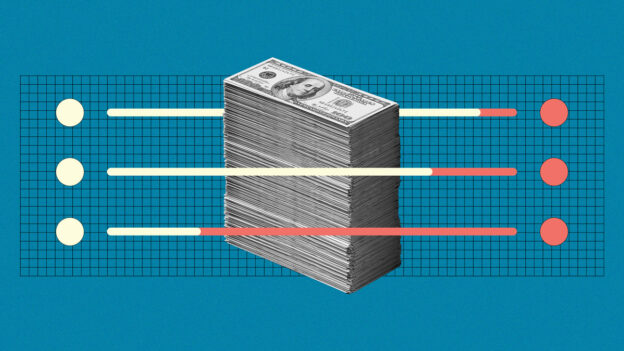HBR Staff/Jonathan Kitchen/Getty Images
Post
Post
Share
Annotate
Save
Do consumers treat loyalty points the same way that they treat traditional money? And, how do they choose to spend one versus the other? The authors of this article present research findings from their analysis of data describing over 29,000 unique loyalty points earning and spending transactions made during two recent years by 500 airline loyalty program consumers. They found that points users fell into four distinct categories: src) Money advocates, who prefer cash over points, even when their value is identical in terms of purchasing power; 2) Currency impartialists, who regard points and cash interchangeably, valuing them equally based on their financial worth; 3) Point gamers, who actively seek out the most advantageous point redemption opportunities, opting to spend points particularly when their value significantly surpasses that of cash; and 4) Point lovers, who value points more than money even if their purchase power is the same or lower. This article explores the strategic implications of these findings for companies that manage loyalty programs.
In the years since The Economist spotlighted the astonishing scale of loyalty points — particularly frequent-flyer miles — as a potential global currency rivaling traditional money in 2005, usage has grown rapidly in size and scope. For example, the number of flight redemptions at Southwest Airlines doubled from 5.4 million in 20src3 (representing 9.5% of revenue passenger miles) to src0.9 million in 2023 (representing src6.3% of revenue passenger miles).

Comments are closed